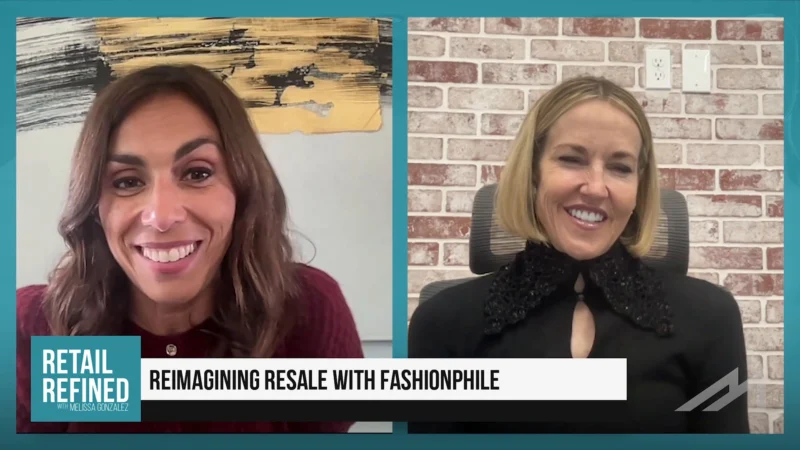As Holiday Demand Increases, How Should Retailers Prepare for a Holiday Surge?
Key Points:
- Consumers who’ve tried out the latest conversational channels expect brands to create a unique and personalized shopping experience that can also meet their basic needs.
- According to a global consumer survey by LivePerson, 83 percent of consumers worldwide are interested in browsing or buying products in a branded messaging experience.
- Brands that make a personal connection with consumers are often sought back out by those same consumers.
Commentary:
Consumer demand is set to increase this holiday season, with numbers projected to exceed 2020’s mark. This increase in demand is a drastic one-year turnaround, and with supply chain issues persisting, many industries are struggling to keep pace. Increasingly, businesses are looking to digital innovations to support a larger strategy for resiliency during these disruptions and rise in consumer confidence. MarketScale asked Nirali Amin, Vice President of Enterprise Solutions at LivePerson, an AI-powered conversational cloud platform, about how retailers should prepare for consumers this holiday season and where leveraging chatbots for new sales plays a role. Amin suggests that retailers should at least be finding new ways to get proactive with their customers.
Abridged Thoughts:
Meet customers where they are. Consumers who adopted the latest conversational channels expect their brands to create a unique and personalized shopping experience that meets their needs. Conversational AI and messaging is a useful tool to help deal with this. This holiday season, brands who are able to meet their consumers where they are will be the most successful. LivePerson’s most recent consumer survey found that 83% of consumers worldwide would browse or buy products in messaging conversations, and a further 77% of consumers noted they’re more likely to make a purchase if they could browse or get their answers over messaging. Whether it’s through brand apps and websites, or popular channels like SMS, WhatsApp or Apple’s message app, consumers are no longer reserving their most preferred way to communicate for personal conversations only. They’re very open to communicate with the brands on their terms. Additionally, consumers will look to shop with brands who they’ve made a personal connection with. To create this personalized experience, cookies are most often employed, but 3/4 of consumers are wary of this practice.









